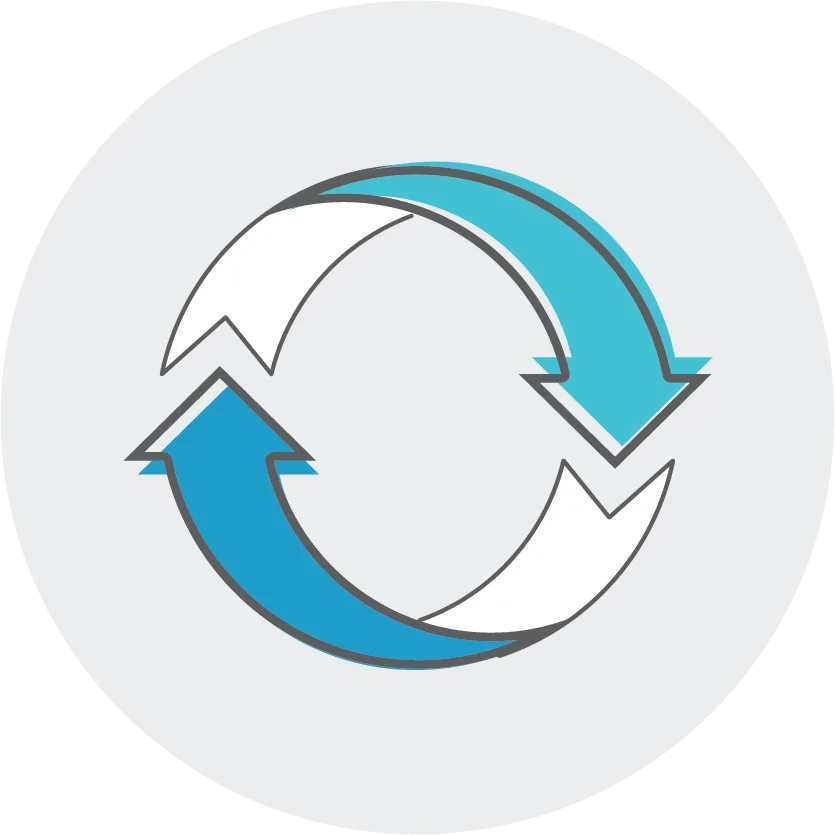According to The CoreLogic Homeowner Equity Insights Report, data for Q2 2024 shows the average U.S. homeowner has gained approximately $25,000 in equity over the past year, with a total average equity of $315,000. This represents an increase of nearly $129,000 since the onset of the pandemic.
Nationwide, homeowners with mortgages (about 62% of all properties) have seen their collective equity grow by $1.3 trillion, marking an 8% year-over-year increase. The total net homeowner equity reached over $17.6 trillion in Q2 2024.
To put these equity gains into perspective, the increase in home values over the past year has provided many homeowners with a substantial financial cushion. As home prices continue to rise, more individuals are finding themselves with increased equity that can be leveraged to meet personal or financial goals. This trend makes it an ideal time for homeowners to explore ways to utilize their growing equity.
As a homeowner, tapping into your home’s equity can offer a valuable source of funds, whether you’re looking to pay for renovations, consolidate debt, or cover other expenses. But how much equity can you actually access, and which loan options are best for you? Here’s a straightforward look at estimating your home equity and the loan types available.
Calculating Your Available Equity
Your home equity is the difference between your home’s current market value and the balance remaining on your mortgage. For example, if your home is worth $400,000 and you owe $250,000 on your mortgage, you have $150,000 in equity. However, you typically won’t be able to borrow the full amount of your equity; lenders generally allow you to access up to 80% to 85% of your home’s value, depending on your credit profile, income, and other factors.
In this case, if your home is valued at $400,000, you might be able to access around $320,000 to $340,000 total through a home equity loan or line of credit—minus the remaining mortgage balance. So, in this example, the equity you could tap would be around $70,000 to $90,000.
Assessing Common Loan Options
Once you’ve estimated your available equity, the next step is deciding which loan type aligns with your needs. Here’s a breakdown of common options:
Home Equity Loan
Often referred to as a “second mortgage,” a home equity loan allows you to borrow a lump sum against your equity at a fixed interest rate. It’s ideal if you need a specific amount for a one-time expense, like a home renovation or debt consolidation. You’ll repay this loan in monthly installments, which provides the predictability of fixed payments and rates.
Home Equity Line of Credit (HELOC)
A HELOC works more like a credit card: it offers a revolving credit line based on your home equity, allowing you to borrow as needed during the “draw period,” which typically lasts 5 to 10 years. HELOCs often come with variable interest rates, which means your payments can fluctuate over time. This option is flexible and suitable if you’re unsure of the exact amount you’ll need or if you’ll need funds at different times.
Cash-Out Refinance
With a cash-out refinance, you replace your current mortgage with a new one for a higher amount, allowing you to take the difference as cash. This option might be appealing if you’re interested in both lowering your mortgage rate and accessing a larger sum. However, since you’re refinancing, you may also incur closing costs and restart your mortgage term, which could affect long-term interest payments.
Assessing Your Financial Goals and Risks
Before deciding on a loan, take a close look at your financial goals and how each option aligns with your budget. For instance, if you’re planning a major renovation, a home equity loan or cash-out refinance might provide the stability of fixed payments. If you anticipate needing ongoing funds over several years, a HELOC’s flexibility could be a better fit.
Accessing your home’s equity can be a strategic financial move, but it’s crucial to weigh the costs and benefits. Make sure the loan you choose supports your overall financial health, and don’t hesitate to speak with a mortgage advisor to explore your options.
By approaching this decision with a clear understanding of your equity and loan choices, you can unlock the value of your home in a way that serves your needs.











